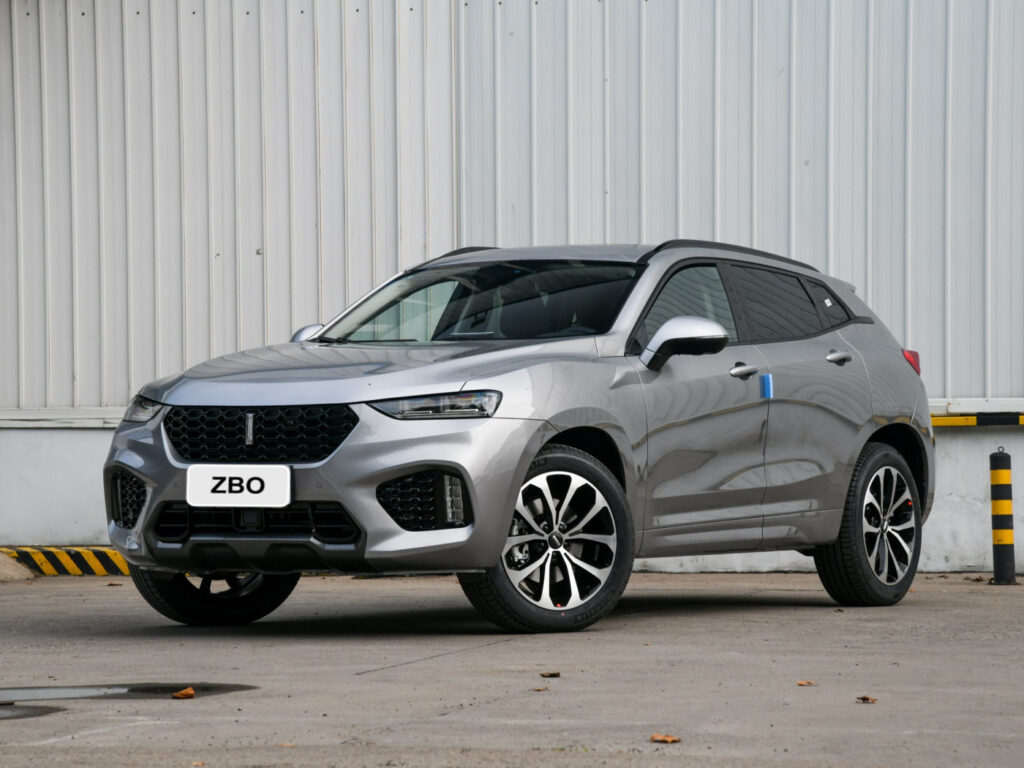Introduction
In recent years, China has emerged as a significant player in the global used car market, leveraging its vast domestic automotive inventory and growing expertise in new energy vehicles (NEVs). As the world’s largest automobile market, China’s surplus of used vehicles—particularly electric and hybrid models—has opened new avenues for international trade. This article examines the rapid growth of China’s used car exports, analyzes the driving forces behind this trend, and explores the challenges and strategies for sustaining competitiveness in overseas markets.
Keywords
- Used car exports
- New energy vehicles (NEVs)
- Trade barriers
- After-sales service networks
- Policy incentives
- Global market penetration
Current Landscape of China’s Used Car Exports
1. Explosive Growth in Export Volumes
- From Pilot to Boom: Since the launch of China’s used car export pilot program in 2019, exports surged from 3,036 units in 2019 to over 275,000 units in 2023, with a total export value of $8.74 billion.
- 2024 Projections: Exports are expected to exceed 400,000 units in 2024, driven by relaxed regulations and rising global demand for affordable mobility solutions.
2. Key Export Markets
- Primary Destinations: Central Asia (e.g., Kyrgyzstan, Uzbekistan), the Middle East (e.g., UAE), and Eastern Europe (e.g., Russia) dominate China’s used car exports. These regions prioritize cost-effective transportation and lack robust domestic automotive industries.
- Emerging Markets: Southeast Asia (Thailand, Indonesia) and Africa (Nigeria, Kenya) are gaining traction due to urbanization and demand for budget-friendly vehicles.
3. Dominance of New Energy Vehicles
- NEV Leadership: Over 70% of exported used cars from regions like Tianjin’s Dongjiang Comprehensive Bonded Zone are NEVs, reflecting China’s global leadership in EV technology.
- Appeal of NEVs: Buyers value their lower operational costs, environmental benefits, and advanced features like battery longevity (e.g., BYD and NIO models retain 80–90% battery health after 5 years).
Drivers of Growth
1. Policy Support and Regulatory Reforms
- National Initiatives: The 2024 Announcement on Matters Concerning the Export of Used Cars streamlined export procedures, allowing more enterprises to participate.
- Local Incentives: Cities like Shanghai and Guangzhou offer tax breaks, dedicated logistics hubs, and subsidies for NEV exports.
2. Abundant Domestic Supply
- Massive Vehicle Ownership: With 435 million registered vehicles (336 million cars) in 2023, China’s domestic turnover generates a steady supply of used cars.
- NEV Recycling: Rapid adoption of EVs (6.8 million NEVs sold in 2023) ensures a pipeline of high-quality used NEVs for export.
3. Global Demand for Affordable Mobility
- Developing Economies: Countries with limited access to new cars prioritize cost-effective used imports. For example, a used Chinese EV sells for $10,000–$15,000 in Africa—half the price of a new equivalent.
- Sustainability Trends: European markets increasingly favor used NEVs to meet emission reduction targets, especially amid energy crises.
Challenges to Overcome
1. Quality and Standardization Issues
- Inconsistent Inspections: Despite China’s Quality Requirements for Used Passenger Car Exports (2023), some exporters face accusations of odometer tampering or inadequate disclosures.
- Regulatory Misalignment: Differing safety and emission standards (e.g., Euro 6 norms in Europe) complicate market entry.
2. Trade Barriers
- High Tariffs: Import duties in markets like India (70%) and Brazil (35%) erode price competitiveness.
- Non-Tariff Barriers: Quotas, import age limits (e.g., UAE bans cars older than 5 years), and complex certifications hinder market access.
3. After-Sales Service Gaps
- Limited Networks: Chinese brands lack repair centers and spare parts warehouses in remote regions, undermining consumer trust.
- Warranty Challenges: Few exporters provide international warranties, leaving buyers vulnerable to maintenance costs.
Strategies for Sustainable Expansion
1. Enhancing Quality Assurance
- Third-Party Certification: Partner with global agencies like TÜV or SGS to inspect and certify vehicles pre-export.
- Digital Transparency: Implement blockchain-based vehicle history reports to track maintenance, accidents, and battery health.
2. Navigating Trade Barriers
- Local Assembly Hubs: Establish CKD (Completely Knocked-Down) facilities in target markets (e.g., Geely’s plant in Egypt) to bypass tariffs.
- Bilateral Agreements: Leverage China’s Belt and Road Initiative to negotiate reduced tariffs with partner nations.
3. Building After-Sales Ecosystems
- Collaborative Networks: Partner with local distributors to share service infrastructure (e.g., SAIC’s cooperation with UAE dealers).
- Modular Spare Parts: Standardize components for NEVs to simplify repairs and reduce logistics costs.
4. Market Diversification
- Target Developed Economies: Promote certified pre-owned NEVs in eco-conscious markets like Norway and Germany.
- Leasing Models: Offer subscription-based services in Africa and Southeast Asia to reduce upfront costs for low-income buyers.
Conclusion
China’s used car exports are poised to reshape global automotive trade, combining scale, technological innovation, and aggressive pricing. However, long-term success hinges on overcoming quality concerns, adapting to regulatory landscapes, and investing in after-sales ecosystems. By prioritizing transparency, localization, and strategic partnerships, Chinese exporters can transform the “made in China” label into a synonym for reliability in the global used car market. With the NEV revolution accelerating, China’s second-hand vehicles may soon become the first choice for cost-conscious and environmentally aware consumers worldwide.






